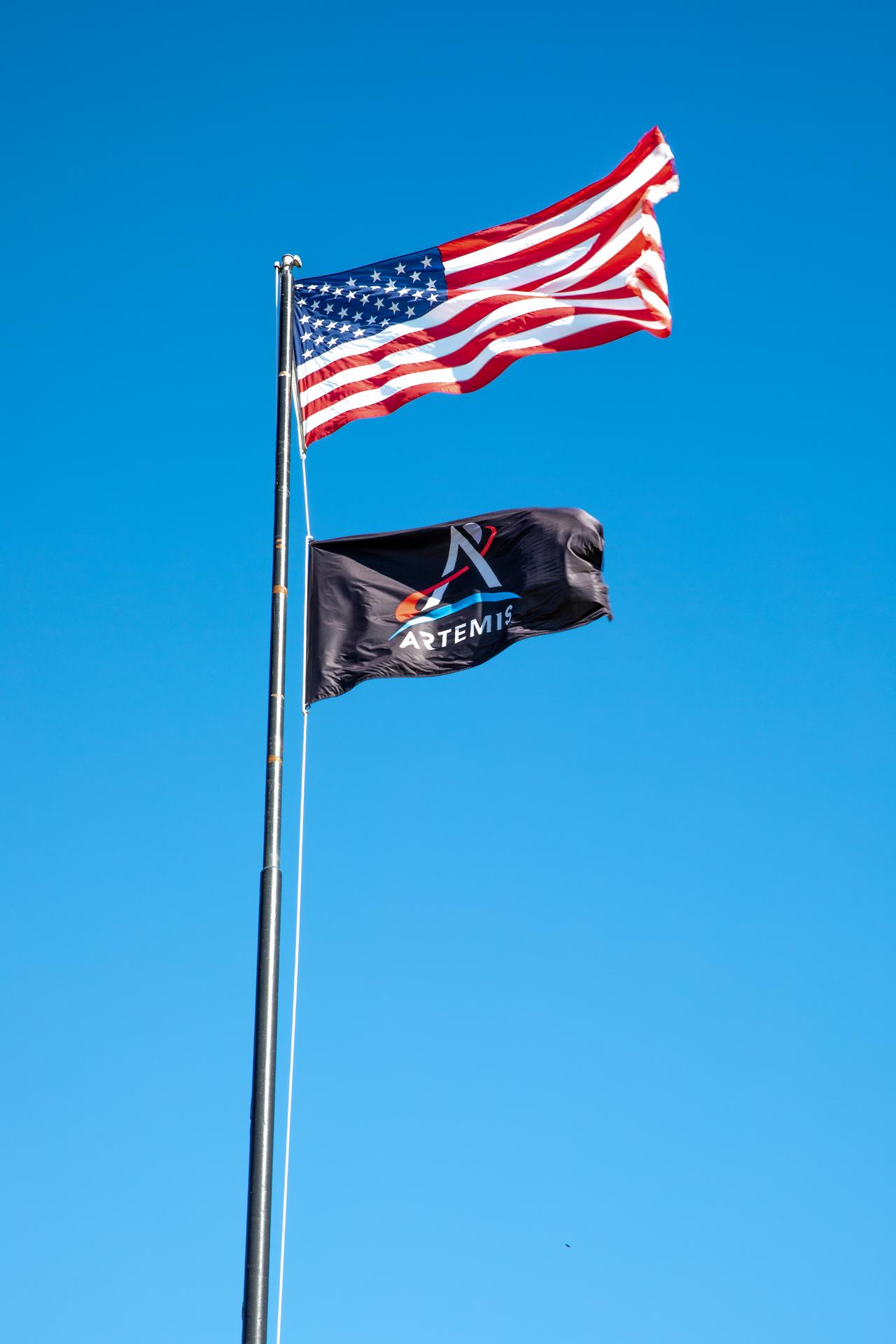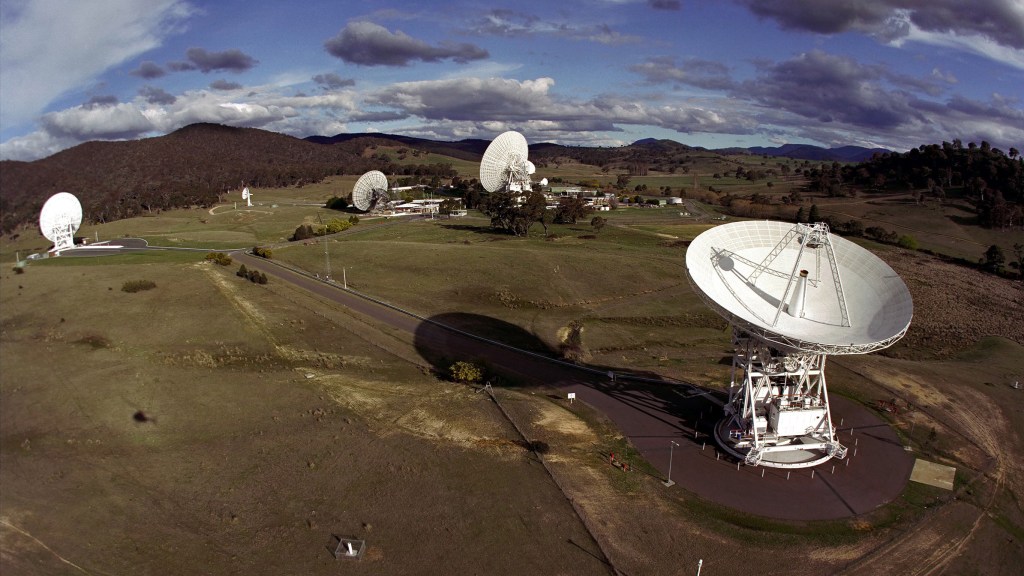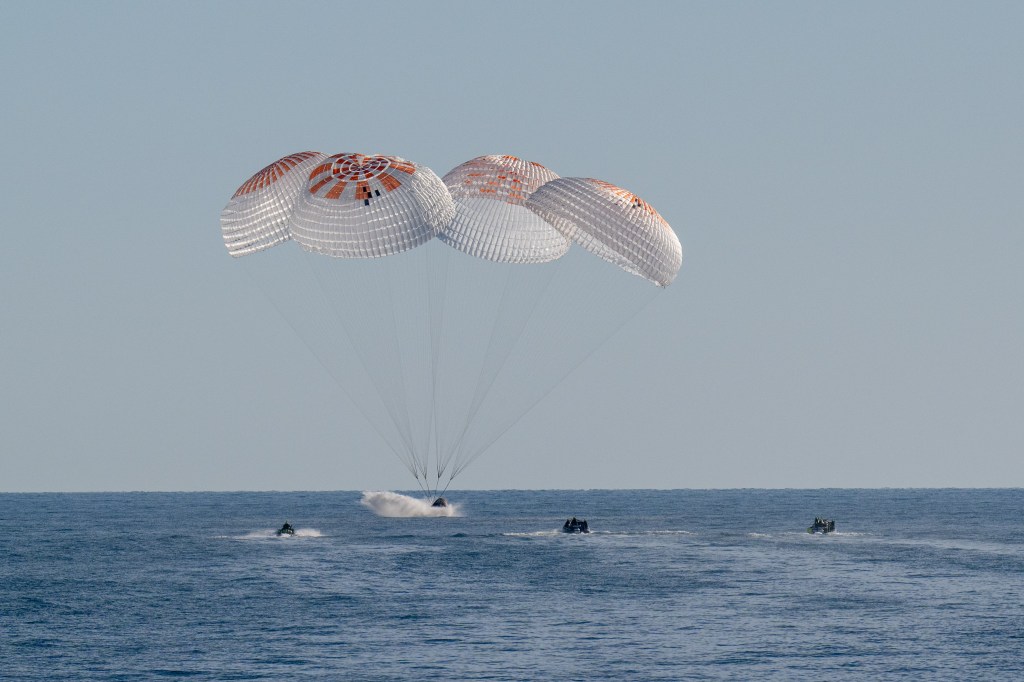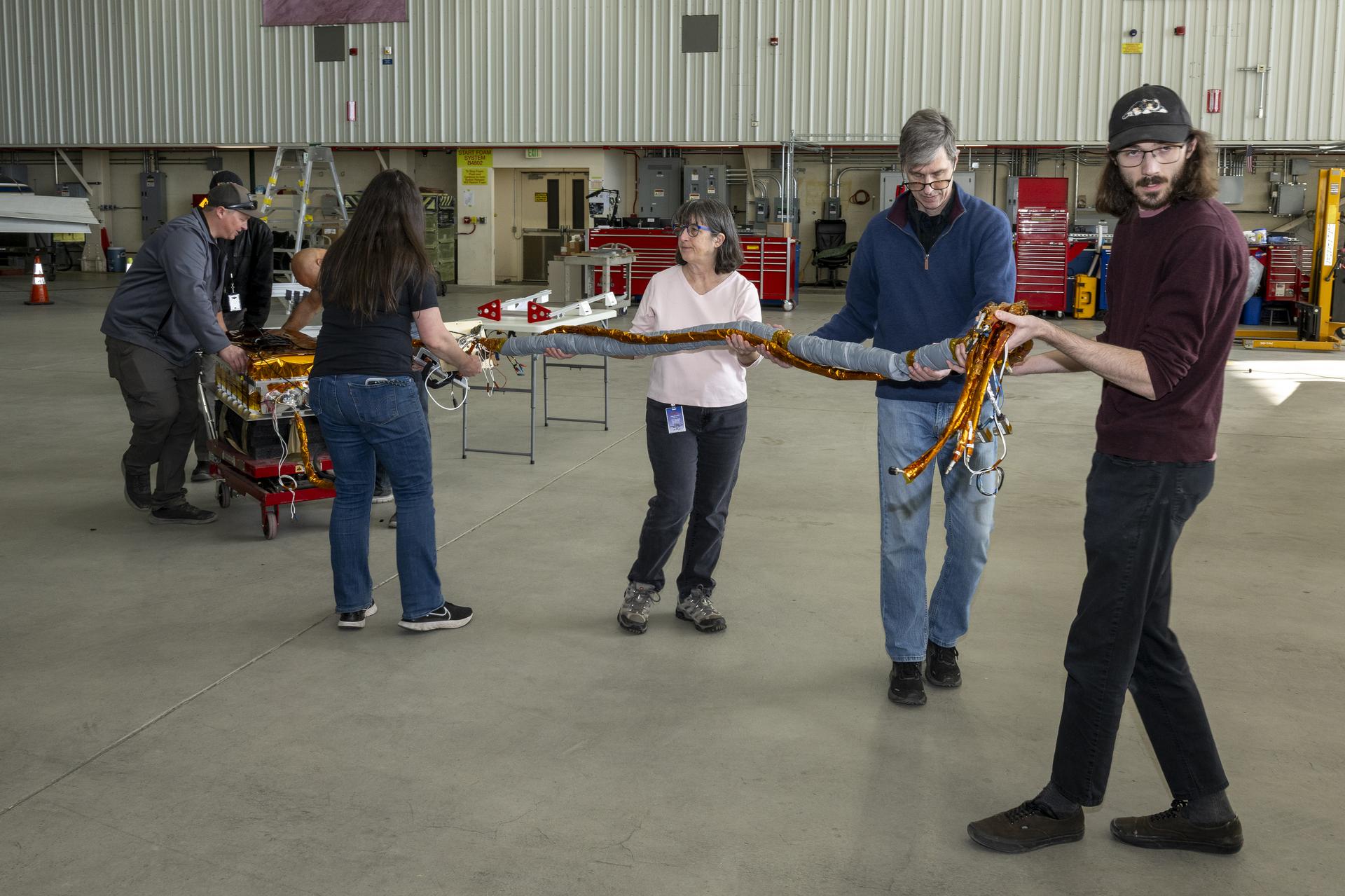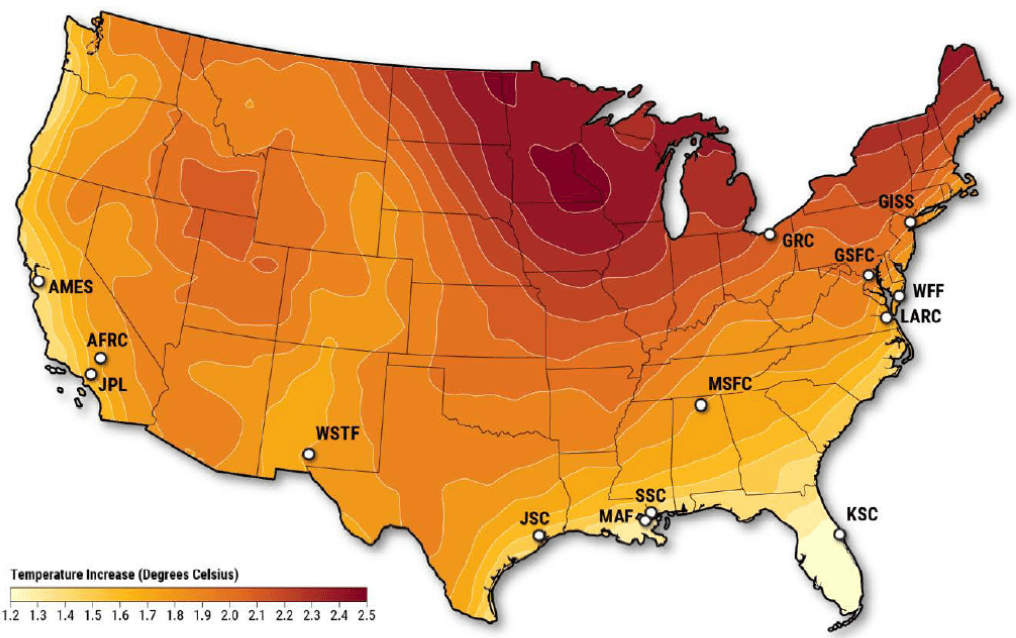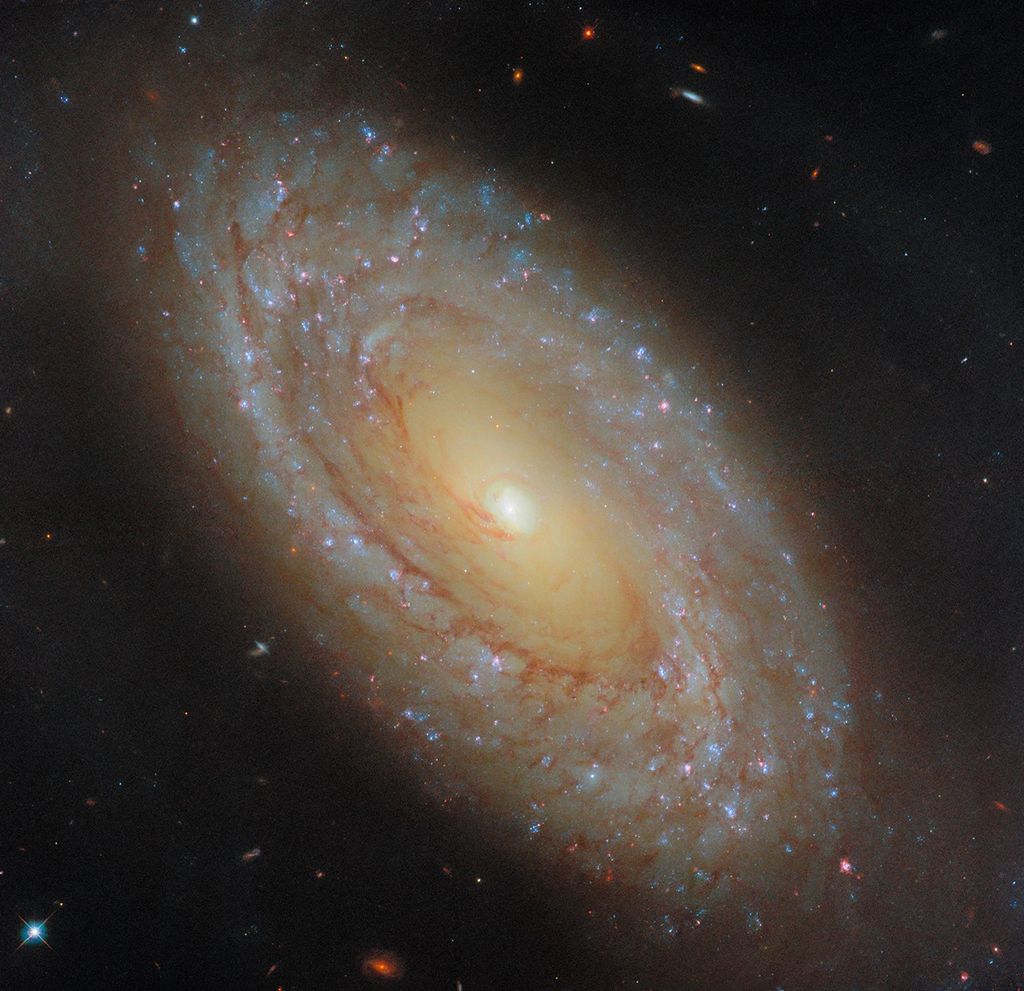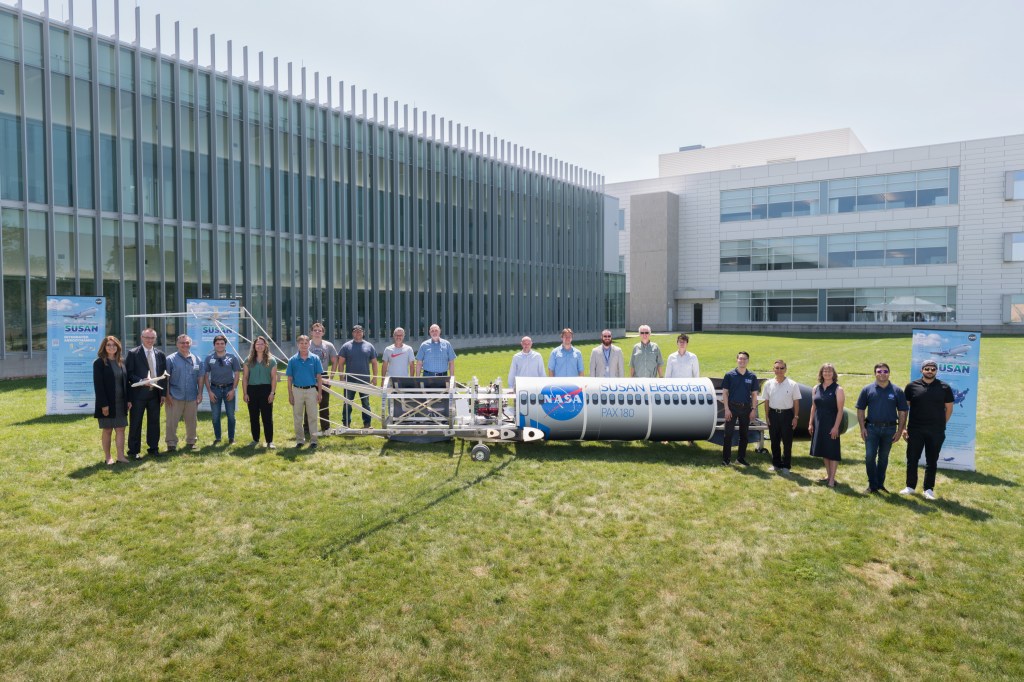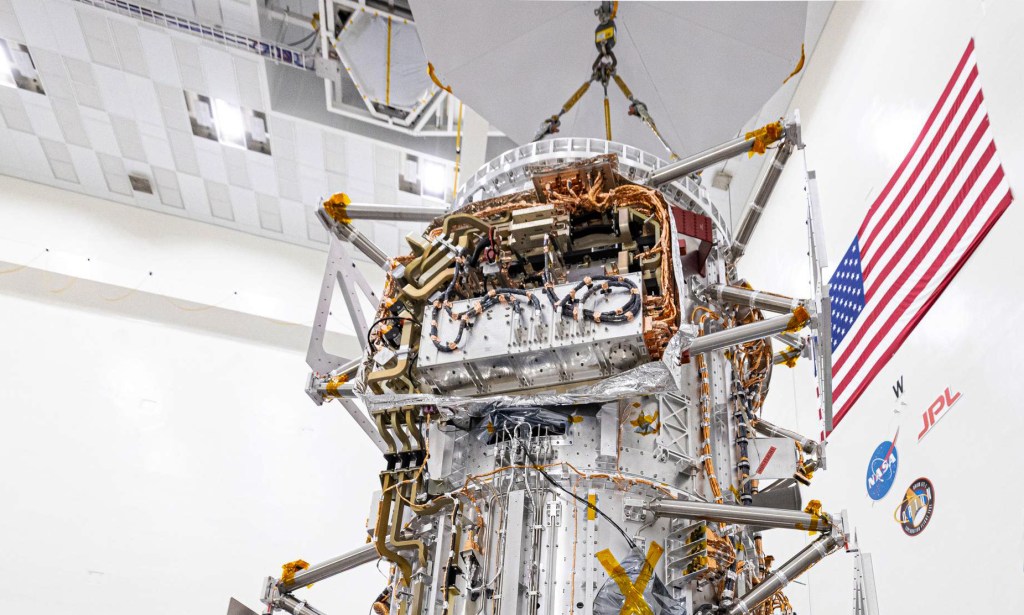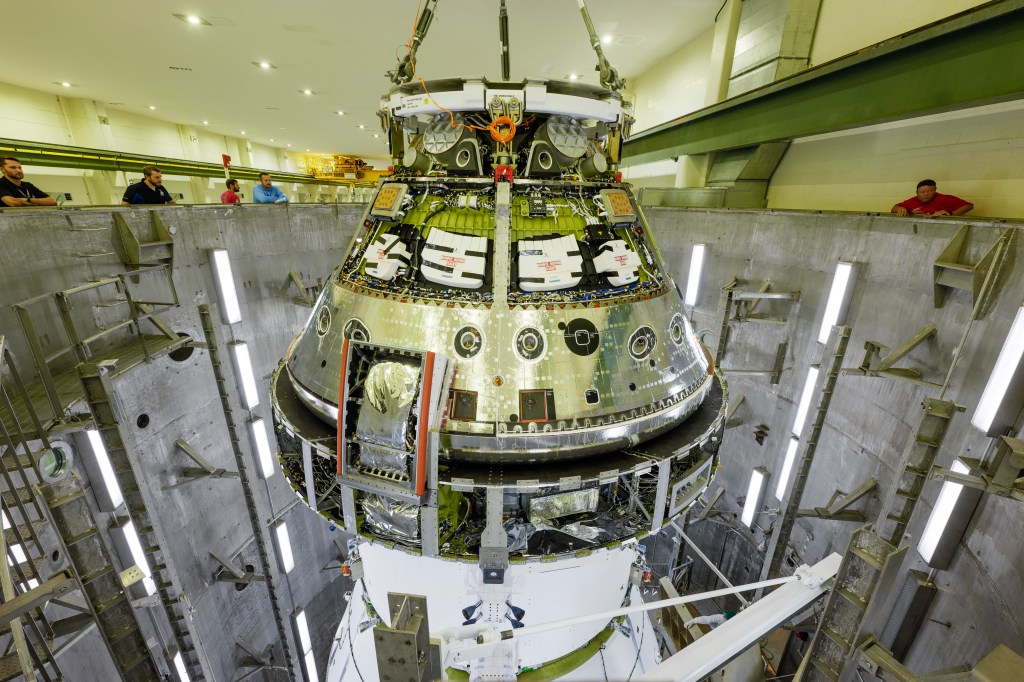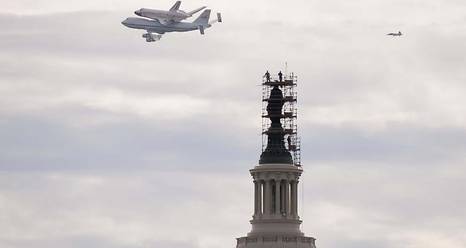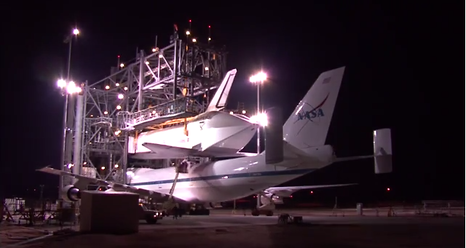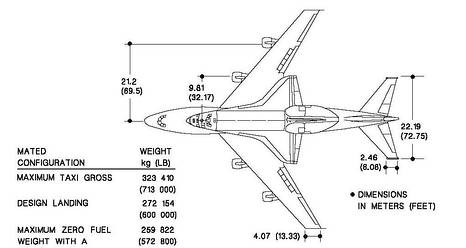Shuttle Carrier Aircraft Recordation
Overview
SCA Overview
NASA used two modified Boeing 747 jetliners, originally manufactured for commercial use, as Space Shuttle Carrier Aircraft (SCA). One is a 747-100 model, while the other is designated a 747-100SR (short range). The two aircraft are identical in appearance and in their performance as Shuttle Carrier Aircraft (SCA).
The 747 series of aircraft are four-engine intercontinental-range, swept-wing “jumbo jets” that entered commercial service in 1969.
The SCAs were used to ferry space shuttle orbiters from landing sites back to the launch complex at the Kennedy Space Center and also to and from other locations too distant for the orbiters to be delivered by ground transportation. The orbiters were placed atop the SCAs by Mate-Demate Devices, large gantry-like structures that hoisted the orbiters off the ground for post-flight servicing and then mated them with the SCAs for ferry flights.
Features that distinguish the two SCAs from standard 747 jetliners are:
- Three struts with associated interior structural strengthening protrude from the top of the fuselage (two aft, one forward) on which the orbiter is attached.
- Two additional vertical stabilizers, one on each end of the standard horizontal stabilizer, to enhance directional stability.
- Removal of all interior furnishings and equipment aft of the forward No. 1 doors.
- Instrumentation used by SCA flight crews and engineers to monitor orbiter electrical loads during the ferry flights and also during pre- and post-ferry flight operations.
The two SCAs were under the operational control of NASA’s Johnson Space Center, Houston, TX.

Historical Narrative
The Historical Narrative captures anecdotes and specifications of the SCA.
View

Shuttle Recordation Website
The Shuttle Historical Recordation website is a compilation of photos, videos, and more of the historic Space Shuttle.
View
SRB Retrieval Ships Recordation Website
The SRB Retrieval Ships Historical Recordation website is a compilation of photos, videos and more of the historic Solid Rocket Boosters Retrieval Ships.
View

